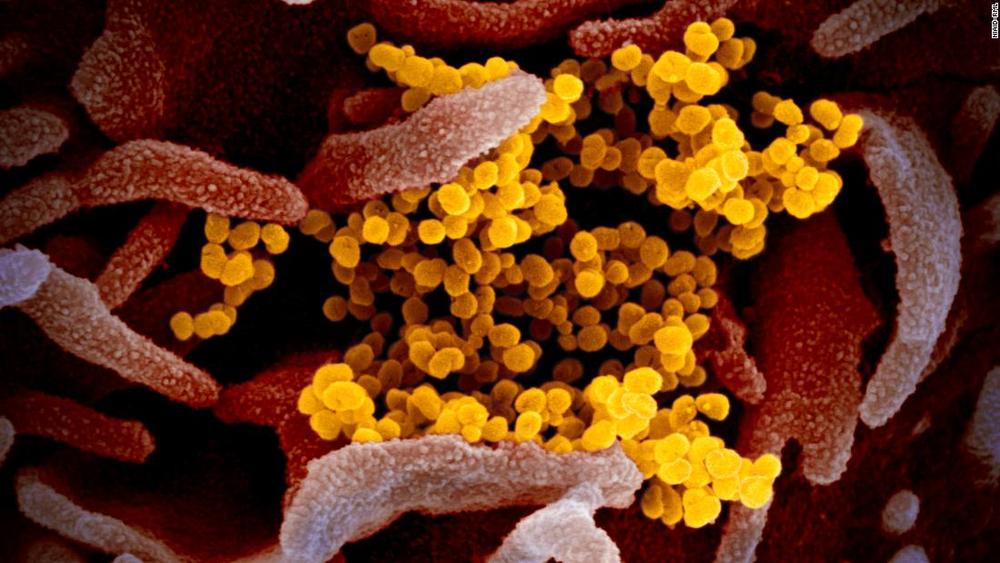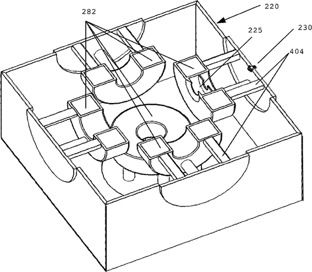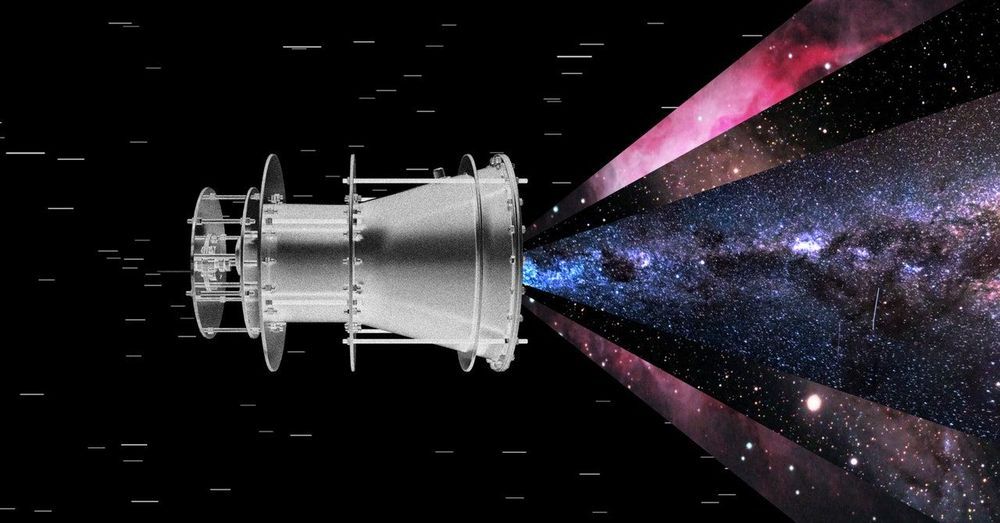Scientists uncover how oral secretions of the cotton leaf worm trigger defense responses in a plant.
In nature, every species must be equipped with a strategy to be able to survive in response to danger. Plants, too, have innate systems that are triggered in response to a particular threat, such as insects feeding on them.
For example, some plants sense “herbivore-derived danger signals” (HDS), which are specific chemicals in oral secretions of insects. This activates a cascade of events in the plant’s defense machinery, which leads to the plant developing “resistance” to (or “immunity” against) the predator. But despite decades of research, exactly how plants recognize these signals has remained a bit of a mystery.








